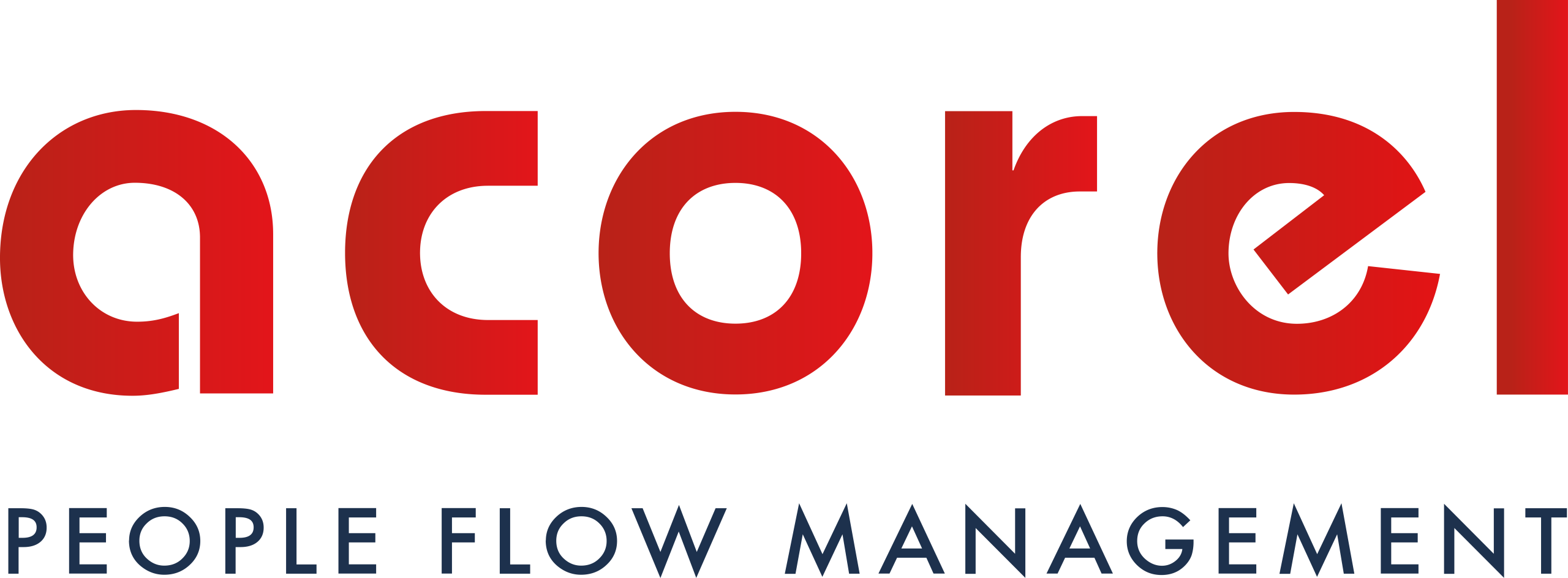Public buildings serve as essential meeting and service delivery locations, ranging from museums to shopping centers to government offices. With a constant influx of visitors, the need for effective people flow management becomes imperative. The introduction of visitor flow management technologies emerges as an unavoidable solution, not only to regulate crowds but also to enhance security, operational efficiency, and user experience.

Why opt for visitor flow management technologies in your public facilities ?

Optimized efficiency
The predominant advantage of visitor flow management technologies lies in optimizing efficiency within public buildings. Intelligent queue management systems, online reservation platforms, and digital registration procedures streamline visitor flow, reducing wait times and eliminating congestion. This optimization extends beyond the visitor experience to contribute to the overall smooth operation of the infrastructure.

Real-time monitoring and analysis
Modern people flow management systems leverage real-time data analysis to provide valuable insights into crowd dynamics. By monitoring movement patterns and visitor behavior, administrators can make informed decisions to improve operational efficiency. The use of real-time data allows for proactive adjustments, ensuring effective people flow management, judicious resource allocation, and continuous improvement of public space management.

Enhanced visitor experience
A positive visitor experience is essential for the success of public buildings. Visitor flow management technologies contribute to this experience by minimizing wait times, providing clear guidance for orientation, and offering a smooth entry and exit process. The result is a more enjoyable and stress-free experience, encouraging positive feedback and visitor loyalty.

Accessibility management
These technologies play a crucial role in accessibility management. Intelligent systems can identify congested areas and adapt routes to meet the needs of people with reduced mobility, ensuring optimal accessibility for all visitors.

Operational cost reduction
By automating processes such as ticketing, queue management, and monitoring, visitor flow management technologies contribute to the reduction of operational costs. Fewer resources are needed for repetitive tasks, allowing organizations to reallocate their budgets more efficiently.

Predictive management of peak periods
Using predictive algorithms, these technologies can anticipate peak periods and recommend strategies to manage them effectively. This enables organizations to plan resources accordingly, ensuring proactive crowd management and better adaptation to attendance fluctuations.
For more information, click here
